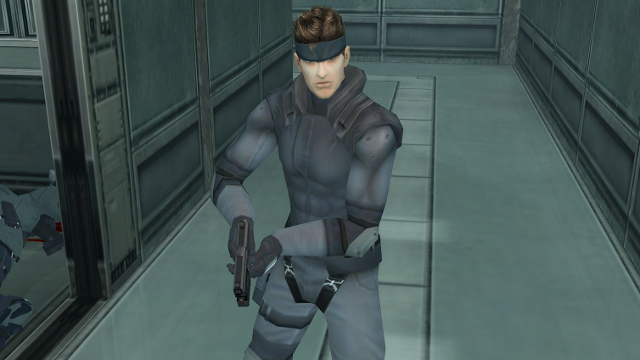Metal Gear Solid recently celebrated its 20th anniversary, and the first 3D installment has had an incredible impact on the gaming industry. While the original 2D Metal Gear offerings from Konami were received well, nobody expected MGS to take gaming to a new cinematic level until it was released. It quickly became one of gaming’s biggest series despite how strange and complicated its story got…

Atlas is an action-rpg with rogue-like elements where you use your ability to control the ground to fight the enemies and move through procedurally generated worlds.










